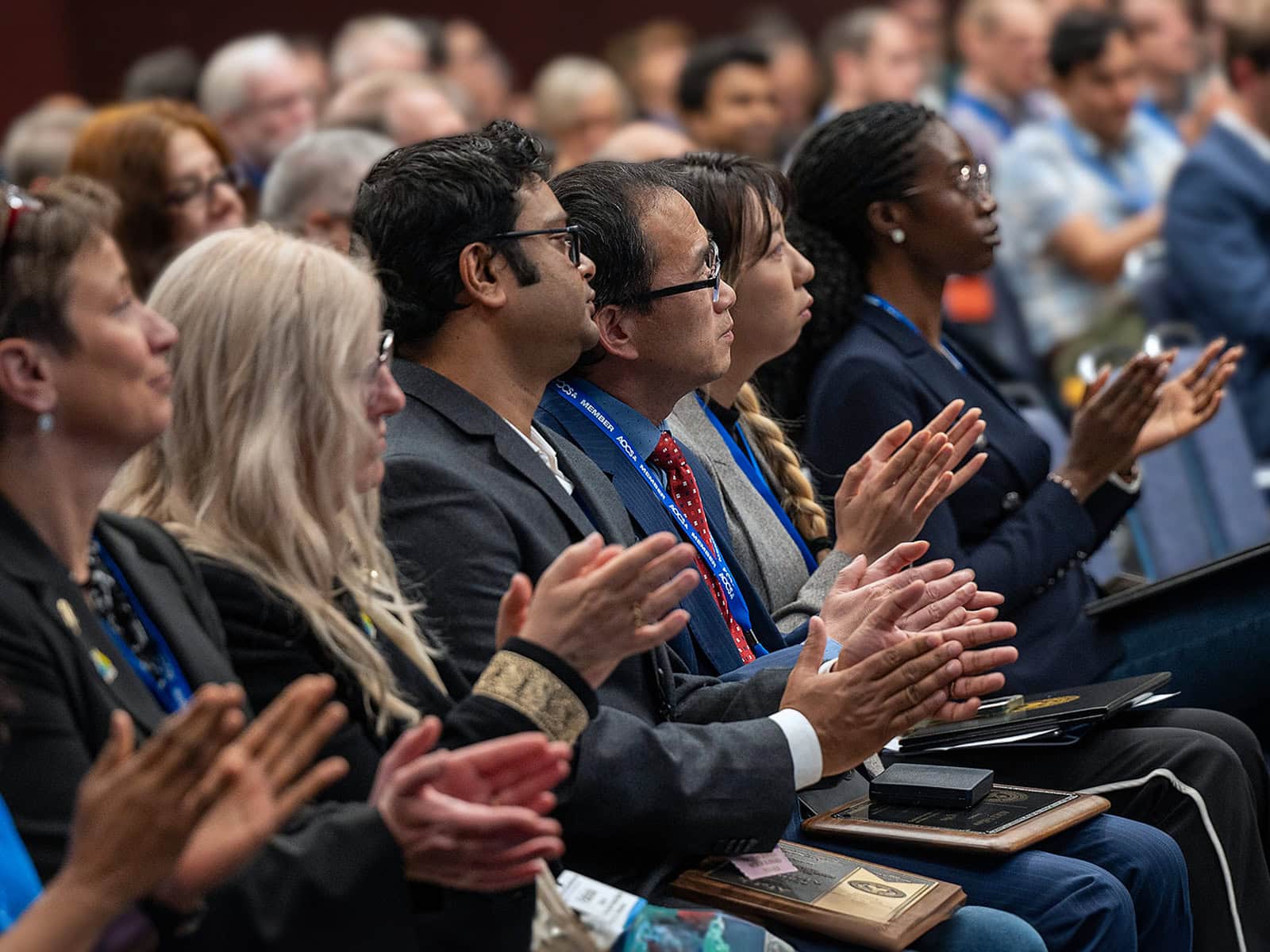About Our Events
Keeping up with industry trends and new research can be a challenge. At AOCS, we offer events designed to give professionals like you the tools to succeed at any career stage.
Whether you're looking to learn about the latest scientific developments, network with peers, or enhance your professional skills, AOCS provides a range of events to fit your needs – from in-person conferences to virtual networking opportunities.


March 6, 2025
Fats and Oils International Conference 2025 – Industry Event
Hosted by The Oil Technologists Association of India (OTAI) – Western Zone…

March 24, 2025
29th Annual Practical Short Course on Snack Food Processing
A one-week Practical Short Course on Snack Food Processing in cooperation with…

April 27, 2025
2025 AOCS Annual Meeting & Expo
The AOCS Annual Meeting & Expo is a premier international science and…
Discover AOCS Events
Connect with thousands of chemists, engineers, technologists, and researchers focused on the science and technology of fats, oils, proteins, surfactants, and related materials.
Specialty Conferences
Dive deeper into industry topics with these in-depth events that provide focused insights and discussions, including the Fabric and Home Care World Forum and Sustainable Protein Forum.
Take advantage of a variety of free, virtual networking opportunities to connect with colleagues, friends, and industry peers throughout the year.